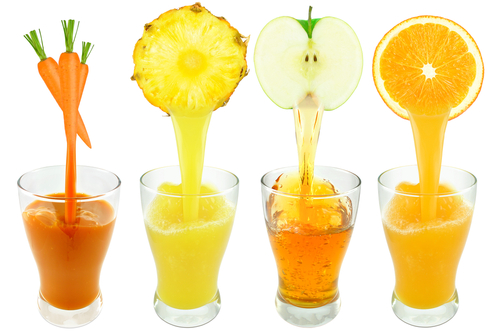Juicing for Health: The Pros And Cons
Juicing is a trend that has really caught on. All over the…

Juicing is a trend that has really caught on. All over the world, people are walking around sipping on homemade or store bought colourful beverages which boast contents like apples, spinach, carrot, lemon and kale. Despite the popularity, many are wondering if the hype really lives up to the expectations. As with most things, there are pros and cons to juicing.
- The World Health Organization recommends that we consume at least 400g of fruits and vegetables every day. The average person however, falls short of this goal. Juicing provides an entry point for fruits and vegetables in the diet and allows the average person to consume amounts.
- Juices contain numerous valuable fruits and vegetables and is low in harmful fats and sodium.
- Some health advocates state that juices are readily absorbed into the bloodstream, allowing the body to absorb as much of the vitamins and minerals from the fruits and vegetables.
Cons
Although juicing allows for increased fruit and vegetable intakes, it has some disadvantages:
- Unless protein powder is added, juice is low in protein. This may cause a loss of lean muscle mass and consequent decreases in metabolism.
- Fruits and vegetables are one of the best sources of dietary fibre. However, many people who juice discard the pulp, literally throwing away valuable nutrients in the trash. Fibre is necessary for good digestive health, lowering cholesterol, regulating blood sugars and promoting satiety.
- The body generally does not recognize liquid calories and so there is the potential to overeat if one is not paying attention to hunger cues
- Depending on the types of fruits and vegetables used in the juicing process, juicing can be expensive. It takes about 4 oranges to make 1 cup of juice and together with that, one may choose to add a variety of vegetables which all add to the cost.
Bottom Line
Juicing can be a simple, tasty way to add fruits and vegetables to your diet. However, if you choose to juice, consider making smoothies which include all parts of the fruits and vegetables. That way you are assured of getting adequate nutrients.
Here’s to your health!
Never miss an article! Join our free weekly newsletter and get a bonus 10-day guide to a lean body, clear skin and radiant glow! Download your copy here.

